BY DEFENCE JOURNALIST SAHIL | T.I.N. NETWORK
Centre Issues Strong Advisory to Private TV Channels Over Sensitive Broadcasts Linked to Red Fort Blast Case
Government Cautions Media Houses Against Airing Content That Could Aid Radicalisation, Disturb Public Order, or Compromise National Security
The Union Ministry of Information and Broadcasting has sounded a strong and timely warning to private satellite television channels across India, urging them to exercise extreme caution and responsibility while covering sensitive national security–related incidents, specifically the ongoing developments around the Red Fort blast case. The advisory, issued late Tuesday evening, is being viewed in policy circles as a critical intervention at a time when irresponsible or sensationalist coverage could unintentionally fuel unrest or amplify harmful narratives.
The move came after the Ministry observed multiple instances where certain broadcasters appeared to present alleged suspects of the Red Fort blast in a manner that bordered on justification of violent acts. Some channels, in their race for exclusives and high TRPs, reportedly aired visuals, interviews, or previously undocumented clips that had the potential to romanticise perpetrators or project them in a glorified light. Officials reviewing the footage noted that some of the presentations blurred the line between reportage and inadvertent propaganda.
What triggered even deeper alarm within the government were video segments that showed processes or information which could, even inadvertently, guide impressionable viewers on the assembly of explosive materials. While some channels defended these broadcasts as “explainer content,” the Ministry clarified that anything that resembles operational guidance, regardless of intent, carries grave implications for public safety and national security. At a time when extremist modules are known to rely heavily on online content for inspiration and instruction, such broadcasts could, as the Ministry put it, “aid or abet unlawful activities.”
Ministry Reinforces Broadcasters’ Legal and Moral Responsibilities
In the advisory, the Ministry reminded all broadcasters of their statutory responsibility under the Cable Television Networks (Regulation) Act, 1995 and the Programme and Advertising Code. These frameworks mandate that television channels avoid airing content that is defamatory, obscene, encourages violence, promotes anti-national sentiment, or threatens the unity and integrity of India.
Citing specific provisions, the Ministry referenced Rules 6(1)(d), 6(1)(e), and 6(1)(h) of the Cable Television Network Rules. These clauses collectively prohibit the telecast of content that:
– maligns individuals or communities,
– promotes violence or criminal behaviour, or
– undermines the sovereignty and integrity of the nation.
The advisory underlined that national security–related events demand heightened sensitivity, particularly when investigations are ongoing and when misinformation, exaggeration, or recklessness can severely jeopardise law enforcement efforts.
Government Concern Over “Unintended Radicalisation Pathways”
Sources in the security establishment note that the advisory isn’t merely procedural — it reflects genuine concern about the emerging pattern where certain newsrooms, often unknowingly, allow their platforms to become vehicles for extremist narratives. Presenting alleged perpetrators with sensationalised music, dramatic visuals, or pseudo-documentary formats may unintentionally humanise or even glorify them to vulnerable audiences.
Investigators tracking radicalisation trends have repeatedly highlighted the role of media aesthetics in shaping public perception. Images of blast suspects shown as heroes, rebels, or misunderstood youth can inspire copycat behaviour, particularly among young people seeking identity or validation. The Ministry’s move, therefore, aligns with a broader national security approach that seeks to curb the psychological and narrative tools used by extremist groups.
Advisory Serves as Warning and Reminder
The Ministry has firmly advised broadcasters to avoid airing any visuals, reenactments, technical explanations, or investigative-style breakdowns that may inadvertently aid illegal or violent activities. While the government acknowledges the media’s role in informing the public, it also reiterated that the freedom of press carries responsibilities that cannot be ignored during sensitive national moments.
The timing of this advisory suggests the government is closely monitoring how the Red Fort blast case is being portrayed — and is prepared to intervene further if necessary. Broadcasters have been urged to prioritise caution, public safety, and national interest over sensationalism.
BY DEFENCE JOURNALIST SAHIL | T.I.N. NETWORK
केंद्र की सख़्त चेतावनी: निजी टीवी चैनलों को संवेदनशील प्रसारणों पर रोक, रेड फोर्ट ब्लास्ट केस की कवरेज को लेकर गंभीर आपत्ति
राष्ट्रीय सुरक्षा, पब्लिक ऑर्डर और संभावित उकसावे से जुड़े कंटेंट पर सरकार की सख़्त कार्रवाई — मीडिया को ‘कानूनी व नैतिक ज़िम्मेदारी’ याद दिलाई
देश की मीडिया इंडस्ट्री में हलचल मचा देने वाली एक महत्वपूर्ण और कड़े स्वर वाली एडवाइजरी केंद्र सरकार ने मंगलवार देर शाम जारी की, जिसमें सभी निजी सैटेलाइट टीवी चैनलों को रेड फोर्ट ब्लास्ट केस से जुड़े संवेदनशील कंटेंट के प्रसारण में “अत्यधिक सतर्कता, ज़िम्मेदारी और विवेक” अपनाने के निर्देश दिए गए।
सूचना और प्रसारण मंत्रालय (MIB) ने पाया कि कई टीवी चैनल हाल के दिनों में ऐसे प्रसारण कर रहे थे जिनमें रेड फोर्ट ब्लास्ट के कथित आरोपियों को ऐसे तरीके से दिखाया गया, जो किसी रूप में हिंसा को जायज़ ठहराने, ग्लोरिफ़ाई करने या ‘नैरेटिव शिफ्ट’ पैदा करने जैसा प्रतीत हुआ।
सरकार की यह एडवाइजरी केवल औपचारिक चेतावनी नहीं, बल्कि उन गहराते चिंताओं का प्रतिबिंब है जो सुरक्षा एजेंसियों को इस बात पर हैं कि गलत तरीके से पैक की गई टीवी रिपोर्टिंग अनजाने में भी कट्टरपंथ, भड़कावे और अवैध गतिविधियों को प्रेरित कर सकती है।
‘एक्सक्लूसिव’ और टीआरपी की होड़ में खतरे की अनदेखी?
मंत्रालय के अनुसार, कुछ चैनलों ने आरोपियों के फुटेज, इंटरव्यू-जैसी सामग्री, या अज्ञात स्रोतों से मिले वीडियो इस तरह प्रसारित किए जो यह संकेत देते थे कि अपराधियों के इरादों को ‘सुनने योग्य’ या ‘समझने योग्य’ ठहराया जा रहा है।
कुछ प्रस्तुतियों में बैकग्राउंड म्यूज़िक, सिनेमैटिक कट्स, स्लो-मोशन फ्रेम्स और नाटकीय नैरेशन ने कंटेंट को “समाचार” से हटाकर “डॉक्यू-ड्रामा” का रूप दे दिया — जिसे मंत्रालय ने अत्यंत खतरनाक बताया।
सबसे गंभीर चिंता उन वीडियो से जुड़ी है जिनमें विस्फोटक सामग्री तैयार करने के तरीकों का संदर्भ, संकेत, या दृश्यात्मक संकेत दिखाई दिए। कई चैनलों ने इसे ‘एक्सप्लेनेर रिपोर्ट’ कहा, लेकिन सरकार ने साफ किया कि
“जिन जानकारियों को आतंकवादी मॉड्यूल प्रेरणा या दिशा के रूप में इस्तेमाल कर सकते हैं, उनका प्रसारण राष्ट्रीय सुरक्षा के लिए सीधा खतरा है।”
सुरक्षा एजेंसियाँ पहले ही चेतावनी दे चुकी हैं कि ऑनलाइन माध्यमों के ज़रिए ‘इंस्पिरेशन रैडिकलाइजेशन’ तेजी से फैलता है। ऐसे में टीवी प्लेटफॉर्म पर अनजाने में भी ‘कैसे-क्या’ दिखाना बेहद खतरनाक माना जाता है।
कानून, नियम और प्रसारण की ज़िम्मेदारी की सख़्त याद दिलाई
एडवाइजरी में मंत्रालय ने दो टूक कहा कि
टेलीविजन चैनल केवल सूचना देने वाले माध्यम नहीं हैं — वे कानूनी रूप से विनियमित, सांस्कृतिक रूप से प्रभावशाली और राष्ट्रीय रूप से जवाबदेह संस्थाएँ हैं।
सरकार ने केबल टेलीविज़न नेटवर्क्स (रेगुलेशन) एक्ट 1995 और Programme & Advertising Code का हवाला देते हुए बताया कि ऐसे कंटेंट का प्रसारण किसी भी रूप में स्वीकार्य नहीं है जो—
- किसी व्यक्ति या समुदाय की छवि खराब करे,
- हिंसा को बढ़ावा दे या अपराध को रोमांचक बनाकर पेश करे,
- राष्ट्र की एकता, अखंडता और सुरक्षा को कमजोर करे।
विशेष रूप से Rule 6(1)(d), 6(1)(e) और 6(1)(h) का उल्लेख किया गया, जो अश्लीलता, मानहानि, हिंसा प्रमोशन, और राष्ट्र-विरोधी सामग्री के प्रसारण पर सीधी रोक लगाते हैं।
मंत्रालय ने कहा कि “राष्ट्रीय सुरक्षा से जुड़ी घटनाओं की रिपोर्टिंग, विशेष संवेदनशीलता और ज़िम्मेदारी की मांग करती है क्योंकि किसी भी प्रकार की गलत जानकारी या अतिशयोक्ति चल रही जांच को भी प्रभावित कर सकती है।”
सरकार की अहम चिंता: ‘अनचाहे रैडिकलाइजेशन पाथवे’
सुरक्षा प्रतिष्ठान के सूत्र बताते हैं कि इस एडवाइजरी के पीछे सबसे बड़ी चिंता ‘कथानक के माध्यम से मनोवैज्ञानिक प्रभाव’ की है।
चाहे अनजाने में ही सही, कई बार चैनल आरोपियों को ऐसे विजुअल्स और बैकड्रॉप में दिखा देते हैं जो:
- उन्हें ‘विद्रोही’,
- ‘न्याय मांगने वाले’,
- या ‘सिस्टम से लड़ने वाले’ चरित्र जैसा पेश कर देते हैं।
ऐसा प्रस्तुतिकरण युवा दर्शकों में आकर्षण, सहानुभूति, या ‘रोल मॉडल’ जैसी खोखली धारणा पैदा कर सकता है — जो आगे चलकर कॉपीकैट व्यवहार, रैडिकलाइजेशन या अपराध-प्रेरणा का कारण बन सकता है।
जांच एजेंसियाँ लंबे समय से इन नैरेटिव तत्वों पर नज़र रख रही हैं और बार-बार कह चुकी हैं कि आतंकवादी संगठनों की सबसे खतरनाक शक्ति हथियार या पैसा नहीं, बल्कि ‘कथानकों की पैकेजिंग’ होती है।
एडवाइजरी: चेतावनी भी, और अंतिम संकेत भी
सरकार ने चैनलों को साफ और सख़्त संदेश दे दिया है:
- किसी भी प्रकार की दृश्य सामग्री,
- कोई गाइड-जैसी जानकारी,
- कोई रीक्रीएटेड फुटेज,
- कोई तकनीकी प्रक्रिया,
जो अवैध गतिविधियों को बढ़ावा दे या उन्हें आसान दिखाए — प्रसारण के लिए प्रतिबंधित है।
सरकार ने यह भी संकेत दिया कि वह आगे भी मॉनिटरिंग करेगी और जरूरत पड़ने पर और कठोर कार्रवाई से परहेज़ नहीं किया जाएगा।
यह एडवाइजरी साफ दिखाती है कि केंद्र सरकार मीडिया की स्वतंत्रता को सम्मान देते हुए भी राष्ट्रीय सुरक्षा से जुड़े मामलों में ‘शून्य छूट’ की नीति अपनाने के लिए तैयार है।



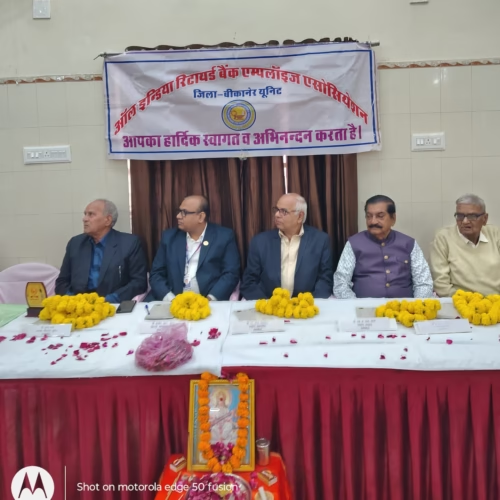
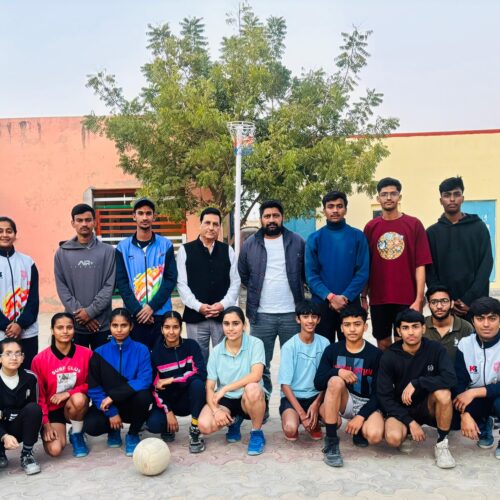

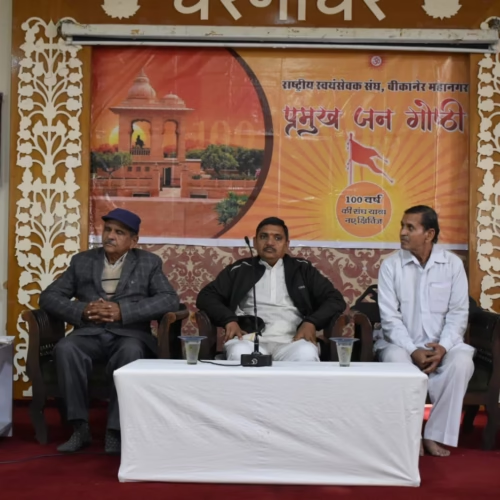


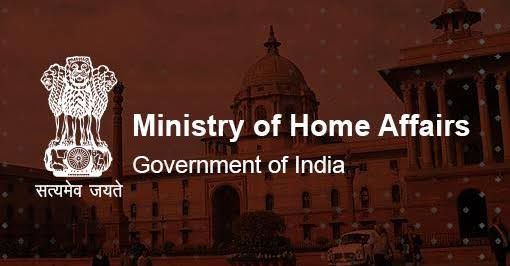




Add Comment